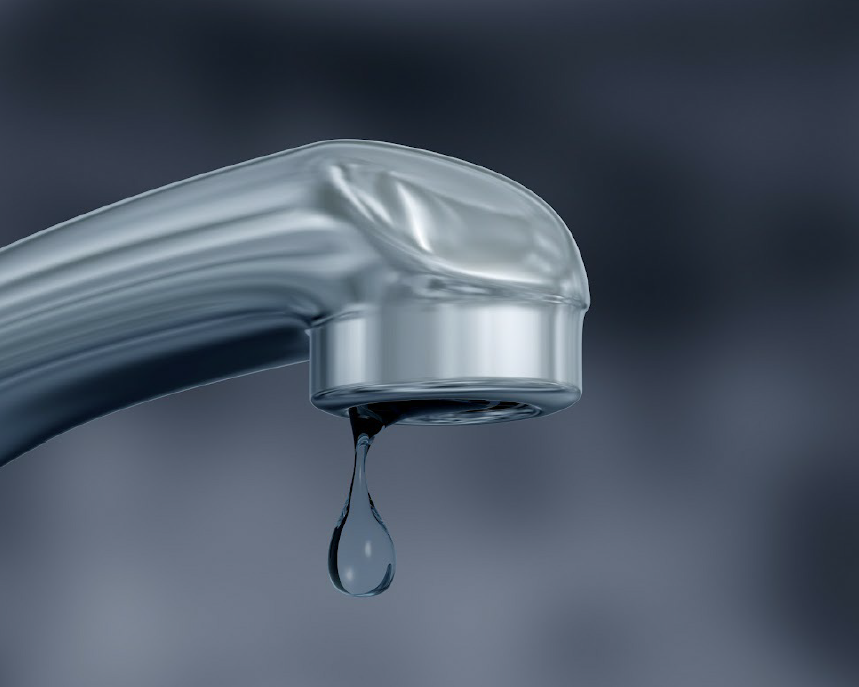Detecting Concealed Water Line Leaks: 6 Clever Methods
Detecting Concealed Water Line Leaks: 6 Clever Methods
Blog Article
Each person is bound to have their private opinion on the subject of Leaking water lines.

Early detection of leaking water lines can mitigate a possible disaster. Some tiny water leaks may not be noticeable.
1. Analyze the Water Meter
Every residence has a water meter. Inspecting it is a proven way that aids you uncover leaks. For starters, turn off all the water sources. Make certain no one will certainly purge, make use of the tap, shower, run the cleaning machine or dishwashing machine. From there, most likely to the meter and also watch if it will certainly change. Given that no person is utilizing it, there need to be no movements. That shows a fast-moving leakage if it relocates. Furthermore, if you discover no changes, wait a hr or more as well as inspect back once again. This means you might have a slow-moving leakage that could even be below ground.
2. Inspect Water Usage
Assess your water costs as well as track your water usage. As the one paying it, you must see if there are any type of disparities. If you detect sudden changes, in spite of your intake being the same, it implies that you have leakages in your plumbing system. Remember, your water bill ought to drop under the very same variety on a monthly basis. A sudden spike in your expense indicates a fast-moving leakage.
Meanwhile, a stable rise on a monthly basis, even with the same habits, shows you have a slow-moving leak that's additionally slowly escalating. Call a plumber to extensively check your home, especially if you feel a warm location on your floor with piping beneath.
3. Do a Food Coloring Examination
When it involves water intake, 30% comes from commodes. Test to see if they are running properly. Decline specks of food shade in the container as well as wait 10 minutes. There's a leak between the container and dish if the shade somehow infiltrates your bowl during that time without flushing.
4. Asses Outside Lines
Don't neglect to examine your exterior water lines also. Should water permeate out of the link, you have a loose rubber gasket. One little leak can lose bunches of water and increase your water costs.
5. Check and also Assess the Situation
House owners need to make it a practice to check under the sink counters and also inside closets for any bad odor or mold growth. These two warnings suggest a leakage so timely focus is needed. Doing routine examinations, also bi-annually, can save you from a significant issue.
Examine for discolorations and deteriorating as most appliances and pipes have a life span. If you presume dripping water lines in your plumbing system, do not wait for it to rise.
Early detection of leaking water lines can mitigate a prospective disaster. Some tiny water leaks may not be noticeable. Examining it is a proven method that helps you discover leaks. One small leakage can waste bunches of water and also increase your water expense.
If you think leaking water lines in your plumbing system, do not wait for it to rise.
WARNING SIGNS OF WATER LEAKAGE BEHIND THE WALL
PERSISTENT MUSTY ODORS
As water slowly drips from a leaky pipe inside the wall, flooring and sheetrock stay damp and develop an odor similar to wet cardboard. It generates a musty smell that can help you find hidden leaks.
MOLD IN UNUSUAL AREAS
Mold usually grows in wet areas like kitchens, baths and laundry rooms. If you spot the stuff on walls or baseboards in other rooms of the house, it’s a good indicator of undetected water leaks.
STAINS THAT GROW
When mold thrives around a leaky pipe, it sometimes takes hold on the inside surface of the affected wall. A growing stain on otherwise clean sheetrock is often your sign of a hidden plumbing problem.
PEELING OR BUBBLING WALLPAPER / PAINT
This clue is easy to miss in rooms that don’t get much use. When you see wallpaper separating along seams or paint bubbling or flaking off the wall, blame sheetrock that stays wet because of an undetected leak.
BUCKLED CEILINGS AND STAINED FLOORS
If ceilings or floors in bathrooms, kitchens or laundry areas develop structural problems, don’t rule out constant damp inside the walls. Wet sheetrock can affect adjacent framing, flooring and ceilings.
https://www.servicemasterbyzaba.com/blog/how-to-detect-water-leakage-in-walls/

I am very curious about Finding hidden leaks and I am hoping you enjoyed reading my post. Are you aware of somebody who is in to the topic? Do not hesitate to share it. Many thanks for your time invested reading it.
Expertise? Call us! Report this page